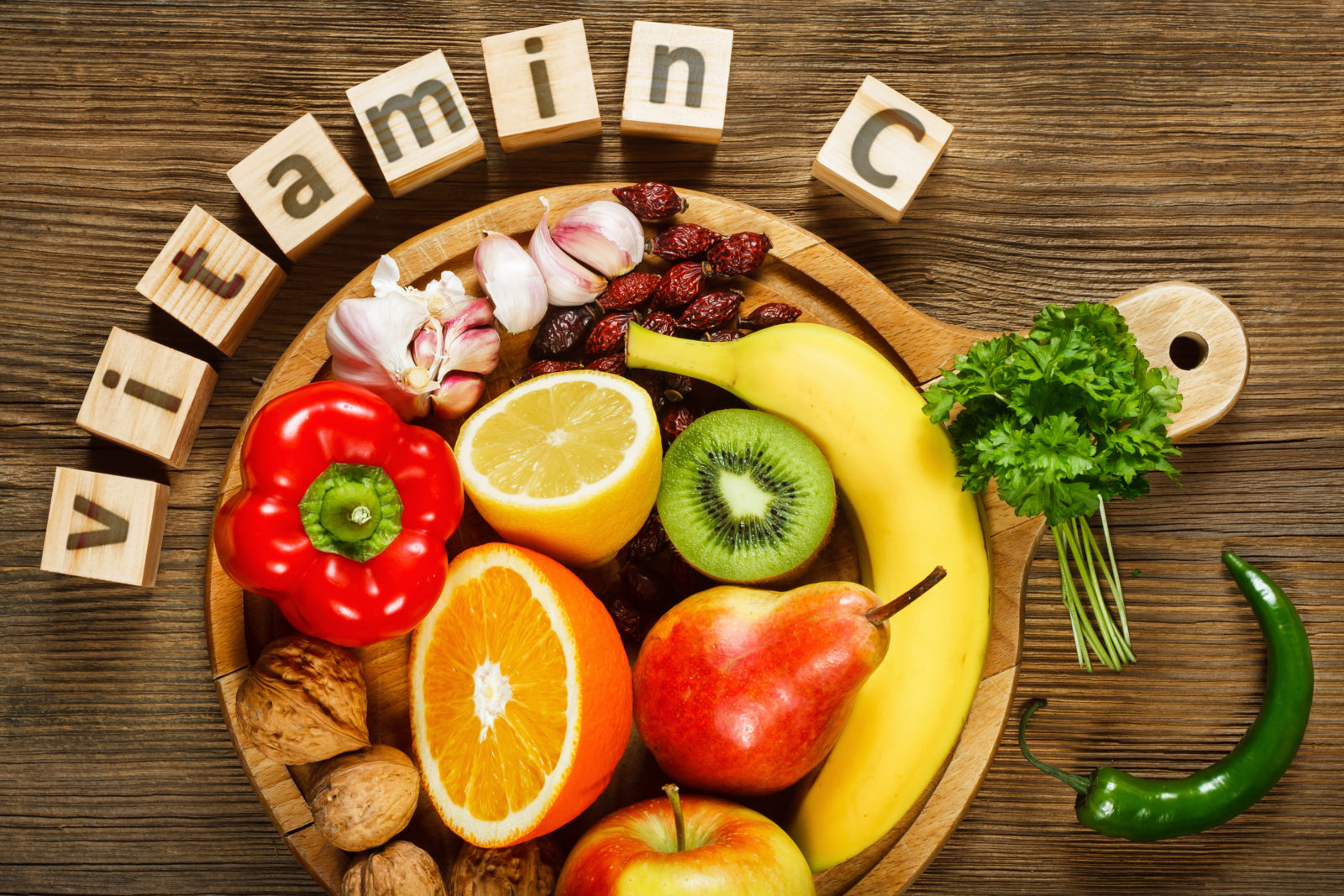
It is generally understood that regular intake of phytochemical-dense foods provides anti-oxidants, among other micronutrients, which maintain health and longevity. Vitamin C (VC), a micronutrient known for its anti-oxidant and immune-enhancing properties, can be found in many fruits and vegetables (Leong & Oey, 2012). However, food preparation and processing can compromise the levels ascorbate and its function before reaching the consumer. As such, the following will consider different processing methods of VC and its affects upon bioavailability.
Leong and Oey (2012) stated that stability and function of phytochemicals, to include VC, can be affected by the type of vegetable/fruit, the species, amount, the linkage of molecules, and the presence of other bioactive compounds in fruits and vegetables. Common processing methods such as heating and freezing can disrupt the cell membranes of foods thereby affecting the VC within. Some food preparation and processing can enhance VC availability while others can inhibit the same. The following will explore such methods and their effects upon VC.
Consumers tend to purchase fruits and vegetables based on culture, convenience, price, appearance, and taste (Leong & Oey, 2012). Therefore, to prolong the shelf life of food, food processing and nutritional compromises are necessary to reach such an end. Leong and Oey (2012) considered several fruits and vegetables in their study: cherries, apricots, plums, nectarines, peaches, carrots, and bell peppers. The process stability and phytochemical content were also considered as a means of appreciating which processing method yielded the most favorable outcomes.
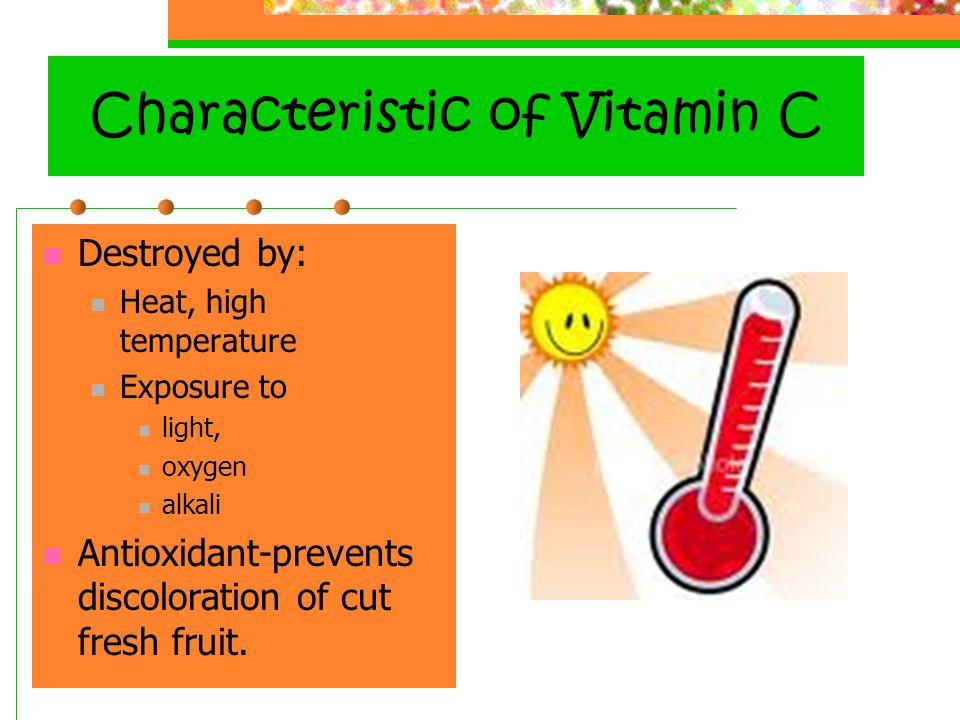
Fruit and vegetables outlined in the previous section were processed in three different ways: heating, freeze-drying, and freezing (Leong & Oey, 2012). Heating food samples were carried out in 98°C mediums for ten minutes, while freeze-drying was performed by wrapping said fruits and vegetables in perforated aluminum foil/liquid nitrogen before the freeze-drying for 48 hours. Finally, freezing was conducted by wrapping fruits and vegetables in perforated aluminum foil, dipping foods into liquid nitrogen, and storing frozen at -20°C (Leong & Oey, 2012).
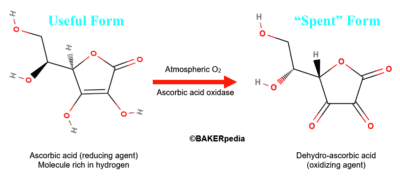
L-ascorbic acid (LA), the natural form of VC, was analyzed in all processing methods and fruits/vegetables. Interestingly, Leong and Oey (2012) noted that LA concentrations were highest in peppers (and to a lesser extent in carrots) compared to other fruits and vegetables after all 3 forms of processing. Such low levels in other tested fruits/vegetables is likely due to oxidation of LA during the extraction/testing process; LA is rapidly oxidized with the facilitation of ascorbic acid oxidase (Leong & Oey, 2012). However, in bell peppers, the presence of ascorbic acid oxidase inhibitors might have helped preserve LA in its un-oxidised form (Leong & Oey, 2012). Having considered the decline of bioavailable LA in vegetables and fruits (excluding bell peppers), the following will consider the best processing method to protect LA in all other tested foods.
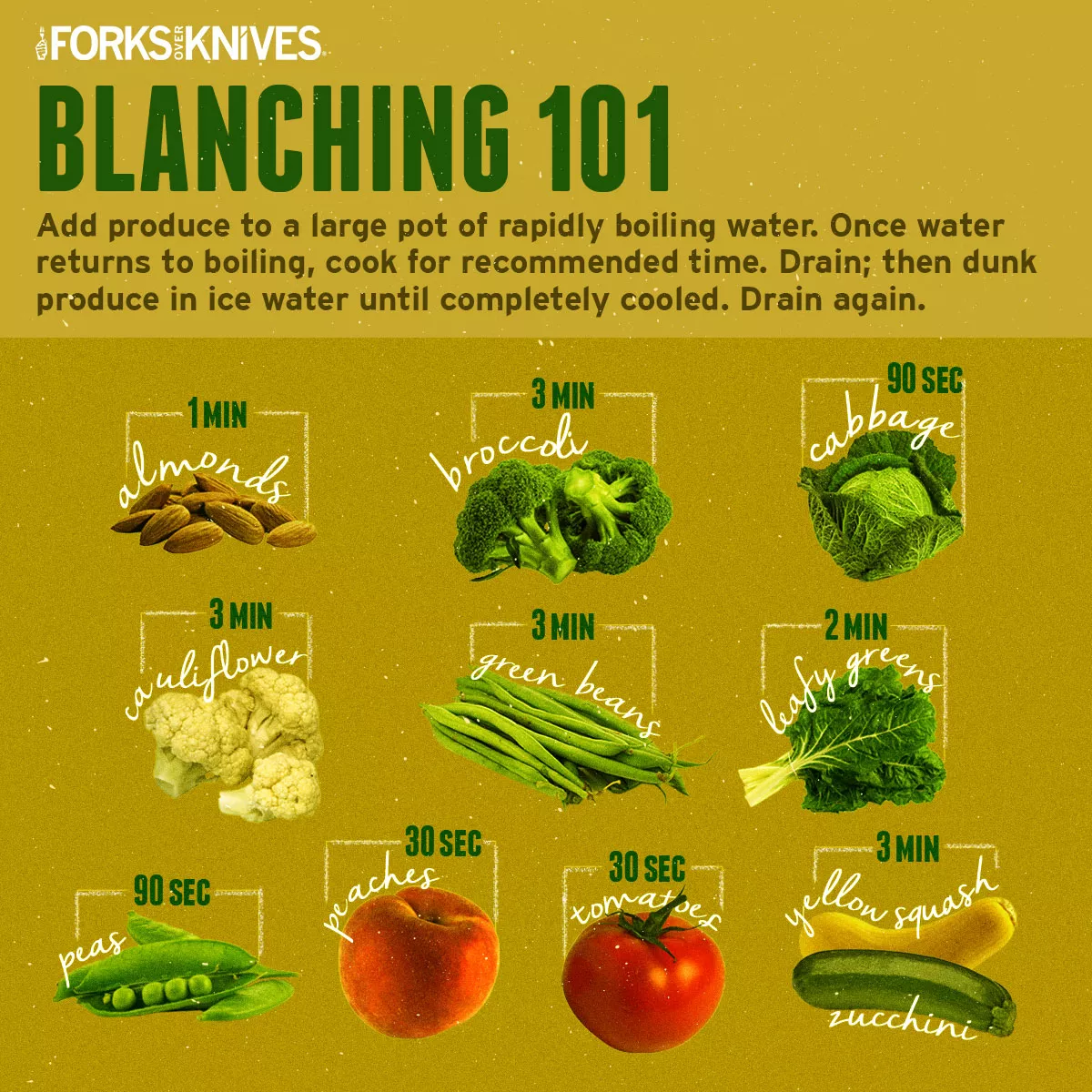
Leong and Oey (2012) stated that most literature suggested that heat negatively affected LA structure and function (i.e., less bioavailable). However, during the researchers’ study, it was determined that all fruits and vegetables exhibited an increase in total VC and LA. Such a change in the presence of heat emanated from the deactivation of ascorbic acid oxidase, thereby sparing LA from oxidation (Leong & Oey, 2012). Bell peppers did not experience an increase in LA content, since they already contained ascorbic acid oxidase inhibitors (Leong & Oey, 2012).
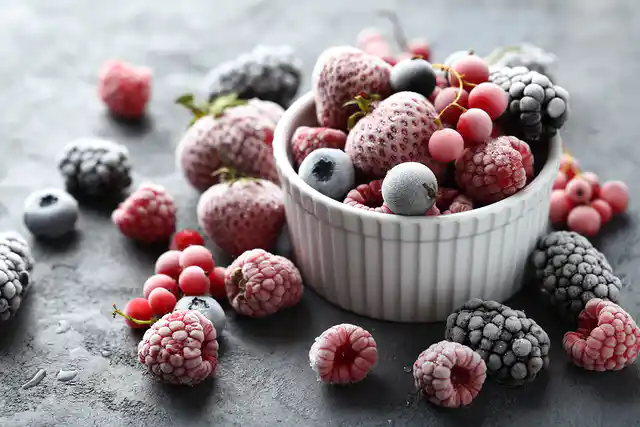
Freezing was another method that could maintain and marginally increase LA content similar to heating; rapid cooling of vegetables and fruits creates ice crystals that help concentrate phytochemicals and minimize damage to cell membranes (Leong & Oey, 2012). However, freeze-drying involves removal of water, which also removes LA and other phytochemicals during said process. In effect, less LA is available within the vegetable and fruit after freeze-drying (Leong & Oey, 2012).
Fruits and vegetables tend to be highly perishable, leading to an abbreviated shelf life. Food processing techniques can help extend the life of such commodities. However, such processes come at a biochemical cost. Ultimately, freezing and blanching techniques, instead of freeze-drying, can help preserve the concentration and bioavailability of LA, reduce wastage, and maximize available LA for digestion and absorption.
References
Leong, S. Y., & Oey, I. (2012). Effects of processing on anthocyanins, carotenoids and vitamin C in summer fruits and vegetables. Food Chemistry, 133(4), 1577-1587.
-Michael McIsaac
